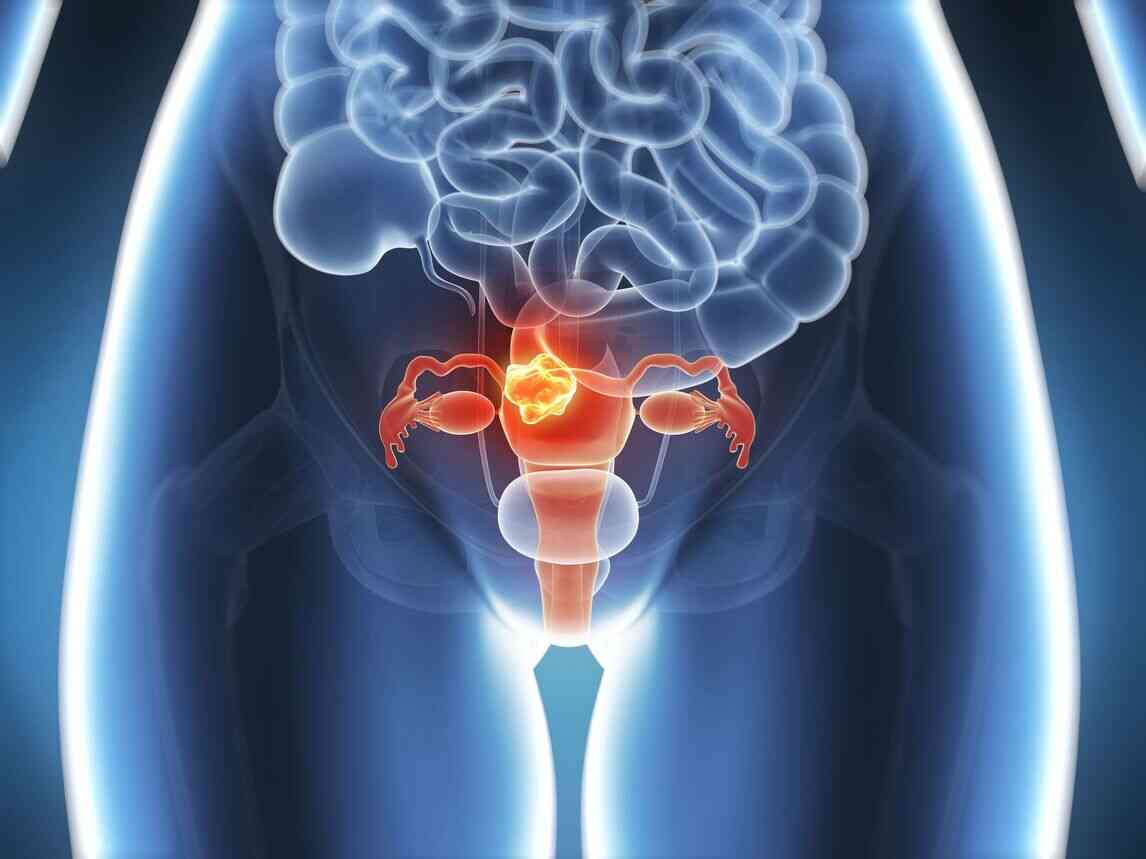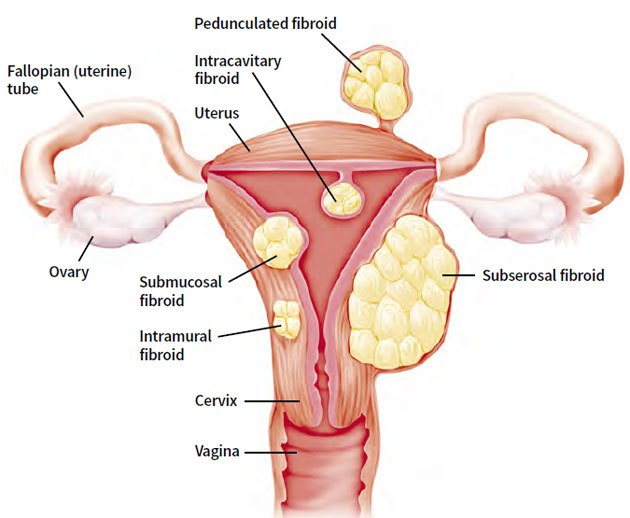Hysterectomy
A hysterectomy is a procedure to remove the uterus. It is a very common type of surgery for women in the United States. Removing your uterus means that you can no longer become pregnant. Different types of hysterectomies include:

1. Adominal Hysterectomy
In an abdominal hysterectomy, the doctor removes the uterus through an opening in the belly. If it is a “total hysterectomy,” the doctor also removes the cervix. If it is a “subtotal” or “supracervical” hysterectomy, the doctor removes the uterus but leaves the cervix in place.
2. Vaginal Hysterectomy
Vaginal hysterectomy is a procedure in which the uterus is surgically removed through the vagina. One or both ovaries and fallopian tubes may be removed during the procedure as well; removal of both ovaries and fallopian tubes is called bilateral salpingo-oophorectomy (BSO)
3. Nondesent Vaginal Hysterectomy
This study was undertaken to check the feasibility of the vaginal route as the primary route for all hysterectomies, in the absence of uterine prolapse, for benign conditions.
4. Total Laparoscopic Hysterectomy (TLH)
Total laparoscopic hysterectomy (TLH) is the complete hysterectomy including transection of the uterine vessels and opening/closure of the vaginal vault performed laparoscopically. This procedure can be performed as an alternative to total abdominal hysterectomy in many cases.
5. Laparoscopic Supracervical Hysterectomy (LSH)
This procedure involves laparoscopic removal of the uterus and the patient is able to keep her cervix. The patient can either keep her ovaries or have them removed at the same time.
6. Laparoscopic Assisted Vaginal Hysterectomy (LAVH)
LAVH is a surgical procedure using a laparoscope to guide the removal of the uterus and/or fallopian tubes and ovaries through the vagina.
Fibroid Removal
Fibroids are noncancerous tumors in the muscle of the uterus. Treatment approaches for removing fibroids includes:

1. Abdominal Myomectomy
Also known as an “open” myomectomy, an abdominal myomectomy is a major surgical procedure. It involves making an incision through the skin on the lower abdomen, known as a “bikini cut,” and removing the fibroids from the wall of the uterus. The uterine muscle is then sewn back together using several layers of stitches.
2. Laparoscopic Myomectomy for Fibroids
This surgery involves removing fibroids (noncancerous tumors in the muscle of the uterus) from the wall of the uterus.
3. Hysteroscopic Myomectomy
Hysteroscopic myomectomy involves inserting a thin lighted viewing instrument (hysteroscope) through the vagina and the cervix into the uterus. This instrument then allows the doctor to view the fibroid to remove it through the vagina.
Ovarian Cyst Removal
An ovarian cyst is a fluid-filled sac that develops on a woman’s ovary. Patients who need a cyst removed may receive the following minimally invasive treatment:
1. Abdominal Cystectomy
During this procedure, the surgeon uses a piece of the intestines to create a pouch (reservoir) inside the abdomen. Like the ileal conduit, the reservoir is connected to ureters and a stoma in the abdominal wall. The reservoir, however, stores the urine. To drain it, you insert a thin tube (catheter) into the stoma.
2. Laparoscopic Ovarian Cystectomy
Laparoscopic Ovarian Cystectomy is surgery to remove a cyst or cysts from one or both of the ovaries using small incisions and specialized tools.
Treating Adhesions
Adhesions are scars that form within the body, typically after surgery, as part of the healing process.
1. Laparoscopic Lysis of Adhesions
This procedure is used to treat abdominal and chronic pelvic pain caused by adhesions.
2. Diagnostic Hysteroscopy and Laproscopic for Infertility
A diagnostic hysteroscopy is a gynecologic procedure to evaluate the endometrial cavity, the layer of mucus membranes that line the uterus
3. Diagnostic Hysteroscopy
Diagnostic hysteroscopy identifies structural irregularities in your uterus that may be causing abnormal bleeding. Hysteroscopy may also be used to confirm the results of other tests, such as an ultrasound or hysterosalpingography (HSG).
Removing Uterine Polyps
Uterine polyps are noncancerous cells that grow on the inner wall of the uterus and extend to the uterine cavity.
1. Hysteroscopic Polypectomy
Hysteroscopic polypectomy is a surgery to remove uterine polyps. This allows the uterus to be preserved.
2. Hysteroscopic Endometrial Ablation
A thin lighted viewing instrument (hysteroscope) is used to see inside the uterus. Then, to treat abnormal uterine bleeding, an endometrial ablation procedure is performed and destroys (ablates) the uterine lining.
Laproscopic Sterilization (Essure)
Hysteroscopic sterilization is a type of tubal sterilization procedure that uses the body’s natural openings to place small implants into the fallopian tubes. These implants cause tissue growth that blocks the tubes. No surgical incision is needed.

